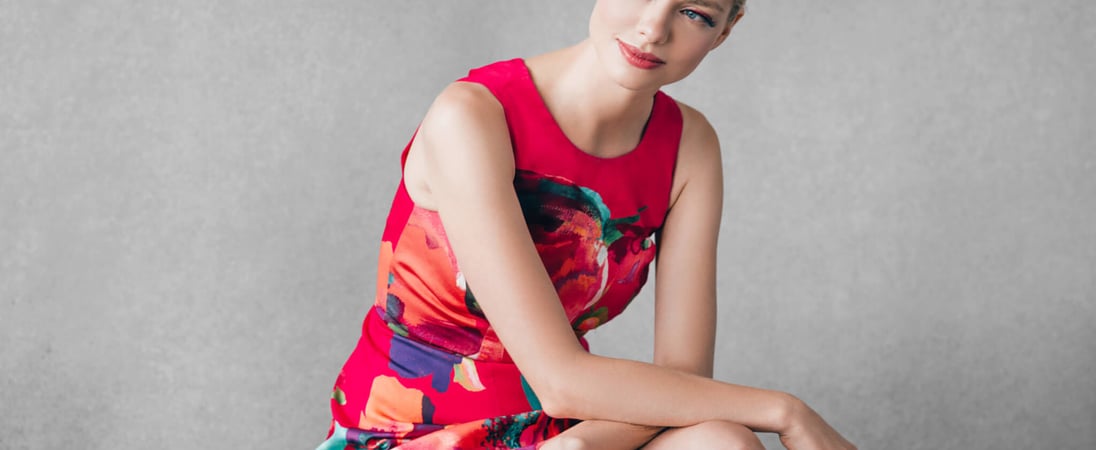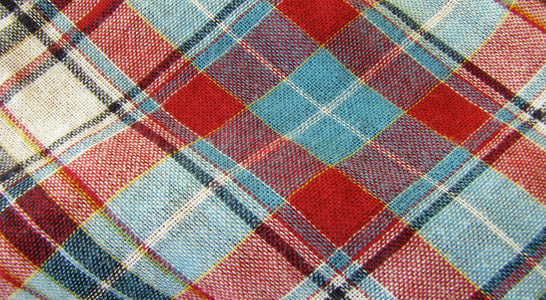
Wear a Dress Day
From flowing sundresses to elegant evening gowns, there's a dress for every occasion. So twirl, dance, and let your inner diva shine in a dress that makes you feel like a million bucks!
A-line, mini-dress, empire waist, sundress and so many more. The styles of dresses available to women today are almost endless. And it’s a good thing, because it’s time for Wear a Dress Day!
How to Celebrate Wear a Dress Day
Enjoy the delight of embracing that feminine side and getting dressed up in a skirt or a dress just for the fun of it on Wear a Dress Day. Observe the day with some of these ideas and activities:
Wear a Dress, of course!
Certainly the thing to do on a day such as today is to pull a dress out of the back of the closet and wear it! For women who wear a dress on the regular, this might not be that shocking but can still be fun.
But for those who typically have a life uniform of jeans and a t-shirt (or for the Hilary-Clinton-inspired women who normally wear pantsuits), Wear a Dress Day can certainly be a departure from the norm.
And, hey, who says this day only has to be for women? Perhaps some men want to get in on the action of Wear a Dress Day and surprise their coworkers or family members by donning a dress! It’s only fair and equal, after all.
Go Dress Shopping
Perhaps it has been a very long time since the need for a dress has arisen. So Wear a Dress Day can be the perfect excuse to go shopping for a new dress that will fit and flatter that beautiful figure.
Perhaps it will be in a boutique scenario like the one on Rodeo Drive à la Julia Roberts in Pretty Woman.
Or maybe it will be more like digging through discount racks or even a thrift store to see what vintage styles can be found. In any case, be sure to have fun!
History of Wear a Dress Day
Certainly the hard-fought battle making it acceptable for women to wear pants if they want was an important part of the feminist movement of the late 19th and early 20th centuries.
And though it is certainly every woman’s right now to wear trousers, vote, participate in the workplace and do pretty much anything a man does – this doesn’t mean she shouldn’t have the option to wear a dress every once in a while if she chooses!
Wear a Dress Day offers women a reminder that it can be fun, feminine and enjoyable to get dressed up just a bit, just because. So, the premise is easy and the instructions are in the name. Simply wear a dress!
Wear a Dress Day seems to have gotten its start in Bend, Oregon in 2010 when a group of folks were talking about how beautiful dresses are and how women might want to wear them more often.
The day soon spread through social media (it even had its own Facebook page for a while) and grew in numbers to reach more than 100,000 people in that first year.
Since that time, Wear a Dress Day has been celebrated each year at the beginning of June. And some die hard participants celebrate the day twice a year, by wearing a dress on the first day of December as well.
Wear a Dress Day FAQs
How did the tradition of wearing dresses evolve in different cultures?
Dresses have been integral to various cultures, each with unique styles and significance.
For instance, the Japanese kimono, characterized by its T-shaped, straight-lined robes, has been a traditional garment for centuries, symbolizing cultural heritage and artistry.
In India, the sari, a long cloth draped elegantly, represents grace and tradition, with styles varying across regions. These garments showcase the rich tapestry of global dress traditions.
Are there any myths or misconceptions about certain dress styles?
Yes, some misconceptions exist. For example, the Scottish kilt is often thought to be an ancient garment, but its current form dates back to the 16th century.
Similarly, the Japanese kimono is sometimes believed to be a daily attire, whereas it’s now reserved for special occasions. These misunderstandings highlight the evolving nature of traditional dress.
How do different cultures celebrate their traditional dresses?
Many cultures celebrate their traditional attire through festivals and ceremonies.
In Mexico, the Charro suit is prominently featured during the annual Charro Days Fiesta, celebrating Mexican heritage.
In South Korea, the Hanbok is worn during Chuseok, a major harvest festival, symbolizing respect for ancestors. These events honor and preserve cultural identity.
What are some unique dress-related festivals worldwide?
Several festivals celebrate traditional attire. The Venice Carnival in Italy features elaborate masks and period costumes, reflecting historical fashion.
In South Korea, the Boryeong Mud Festival encourages participants to wear old clothes and engage in mud-based activities, blending fun with cultural expression.
How have dresses influenced social movements?
Dresses have played roles in social movements. The “Dressember” campaign encourages participants to wear dresses throughout December to raise awareness and funds to combat human trafficking.
This initiative uses fashion as a tool for advocacy and change.
Are there any unusual dress-related records?
Yes, there are notable records. The longest wedding dress train measured over 1.85 miles, showcasing the grandeur possible in dress design.
Additionally, the most expensive dress sold at auction was Marilyn Monroe’s “Happy Birthday” dress, fetching $4.8 million.
How have dresses been depicted in art and literature?
Dresses have been prominent in art and literature. In John Singer Sargent’s painting “Madame X,” the subject’s dress caused a scandal due to its provocative design.
In literature, the “green light” dress in F. Scott Fitzgerald’s “The Great Gatsby” symbolizes hope and unattainable dreams.
What are some lesser-known traditional dresses?
The Peruvian “Pollera” is a colorful skirt worn by indigenous women, reflecting Andean culture. In Bhutan, the “Kira” is a traditional ankle-length dress for women, symbolizing national identity and pride.
How have dresses evolved in fashion history?
In the 1840s, women’s dresses featured wide skirts supported by crinolines. By the 1920s, flapper dresses emerged, characterized by shorter hemlines and loose silhouettes, reflecting societal shifts.
Are there any modern movements encouraging dress-wearing?
Yes, the “Dressember” movement encourages participants to wear dresses throughout December to raise awareness and funds to combat human trafficking.
This initiative uses fashion as a tool for advocacy and change.
Also on ...
View all holidaysWorld Milk Day
Start your day with a glass of calcium-rich milk, visit a local dairy farm, or see what milk alternatives like soy, oat, or almond milk you might enjoy.
National Go Barefoot Day
Put your feet in direct contact with the Earth by going barefoot, or donate any shoes you don’t wear to those who have no choice but to go barefoot.
Dinosaur Day
Discover a lost world of colossal creatures, where gigantic predators and gentle giants once roamed the earth.
National Cancer Survivors Day
Join an organization or event to celebrate those who have fought or are fighting their battle against cancer, and raise awareness of the struggles they face.
We think you may also like...
Plaidurday
Timeless fashion and even more timeless warmth, break out your plaid on Plaidurday for a fashionable, cozy day in one of the world’s most popular patterns.
National Bikini Day
Hit the beach or lay out in the sun in your bikini on the anniversary of the invention of this ever-popular two-piece swimsuit in 1946. Don’t forget sunscreen!
National Sock Day
These little pieces of fabric we wear on our feet are an important part of being cool and comfortable all day long.








